Scale in interior design: 10 times it's been used to add instant drama
Or, how super-sizing can make a big impact


Playing with scale in interior design is a trick that interior designers and stylists use to create a high impact space. Upscaling can be done simply – with a piece of furniture, artwork, a lamp or pendant light, a pattern on a cushion or an accessory within a room – or it can be created with a more complicated approach, with wallpaper or tiles.
In either case, it will help your scheme reach a whole new level – and it’s a technique the world’s leading interior designers employ to fabulous effect. Playing with proportions also has the power to make a large room feel cozy and intimate, but upscaling can also make a small room feel a whole lot larger and more impactful than it really is, and of course a super-sized feature is instantly attention-grabbing.
To find out how the top designers make use of this strategy in their interiors, read on.
See: Interior design tips – decorating secrets for the world's top experts
1. Scale up your lighting
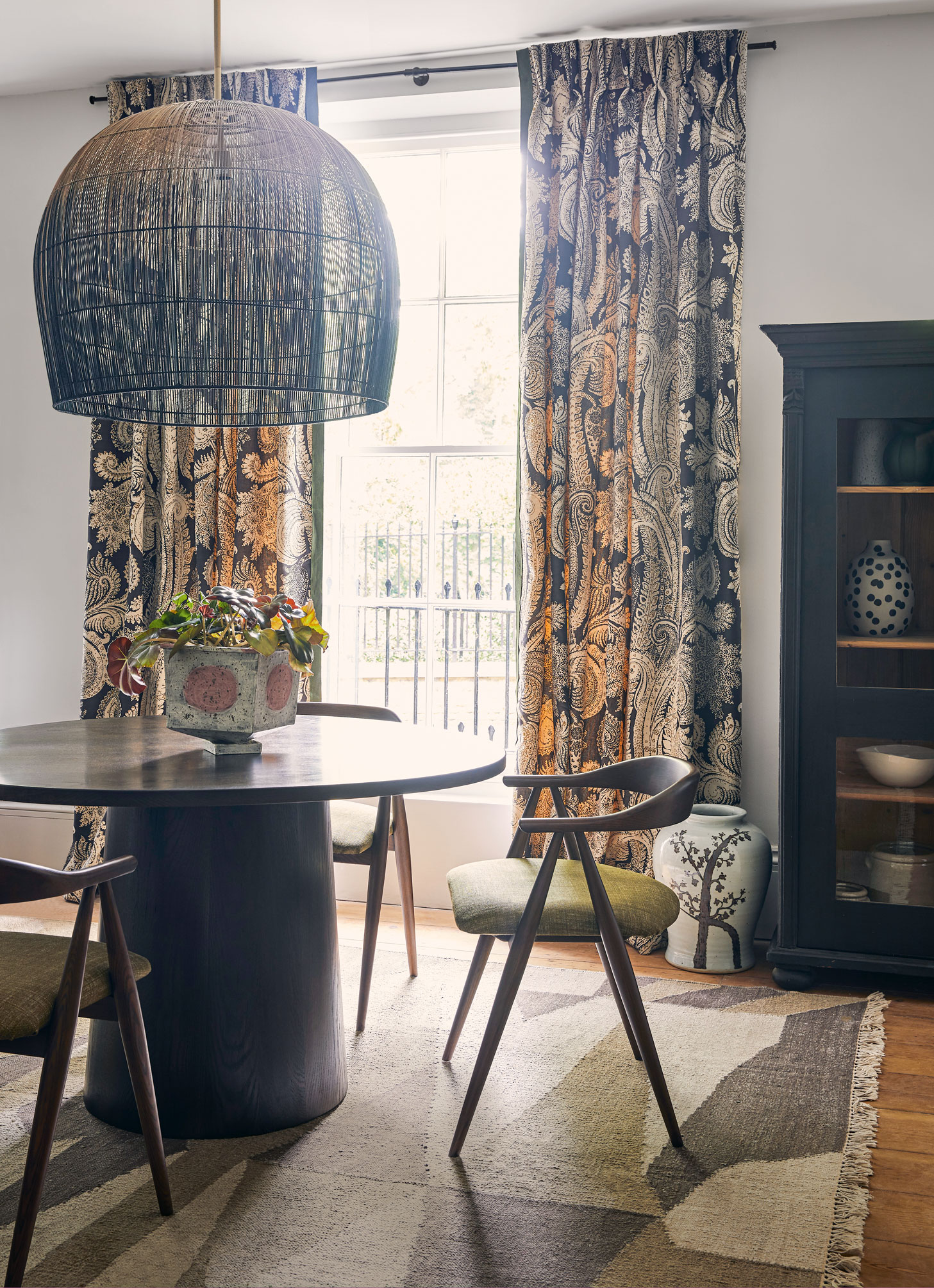
The pendant light in the room scheme above is a sized-up piece that catches the eye – and here's why it works: styled by the Homes & Gardens team, its proportions were purposefully chosen to complement the thick base of the table and to match those of the print in the curtain fabric and the rug. Note the simplicity of the design of both the lamp and the table – both in stark contrast to the clash of patterns of the textiles.
Kelly Hoppen is a fan of the large pendant light. ‘Every room needs a bit of “wow”, and that applies to lighting as well as that star piece of furniture or artwork,’ says Kelly.
Below is another room taken from an H&G photo shoot. Again, though the light itself is understated and delicate, its reach and unusual design makes a statement that's high impact.
Design expertise in your inbox – from inspiring decorating ideas and beautiful celebrity homes to practical gardening advice and shopping round-ups.

2. Size up wallpaper motifs

British designer and the founder and Creative Director of Designers Guild Tricia Guild OBE is renowned for her use of color and pattern. Tricia recommends a large-scale floral for a small room. ‘It’s grandeur at its best and draws the eye,’ she says.
Above and below are two very different rooms from Homes & Gardens photo shoots, both of which have been decorated by our stylists with large-scale wallpapers. Above, the color scheme is complementary to create a traditional feel; below, the color scheme is more unexpected, though the simplicity of the wallpaper design allows for bolder patterns and colors to be used in relief.
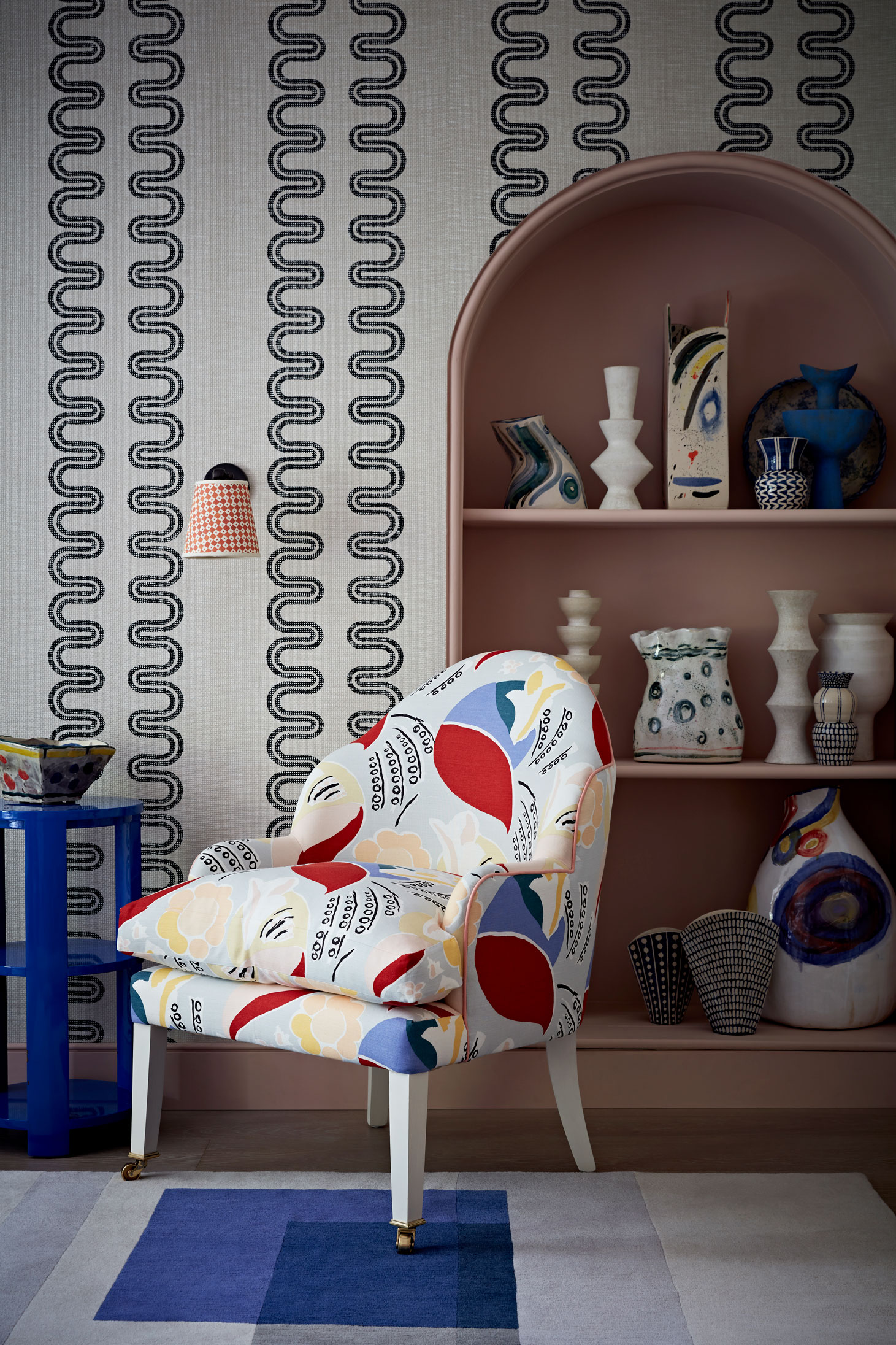
3. Work with large-scale pattern

When you’re combining patterns it’s vital to mix different pattern scales – and one should be upscaled, as Charlotte Gaisford, a British fabric and wallpaper designer known for her expert pattern combinations, explains in our feature about how to mix patterns in a room.
‘Use one large-scale fabric or wallpaper,’ she advises. This showstopper can then be teamed with medium or small-scale designs for all-over complementary patterns. ‘You can have as many smaller scaled patterns as you like but the rule is to only use one large-scale showstopper in the room.'
See: Home office ideas – wonderful ways to decorate that are smart, practical and stylish

4. Go green
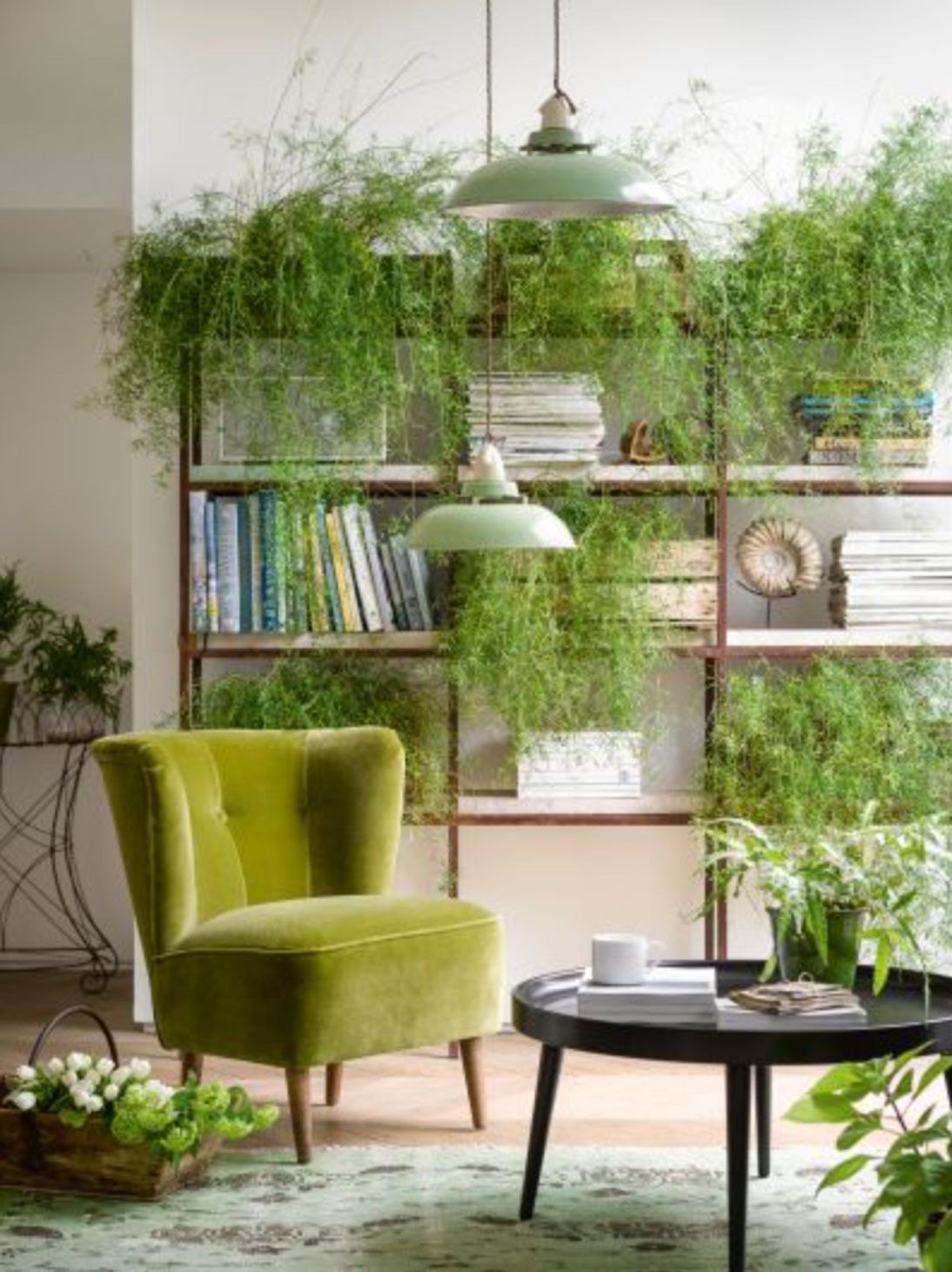
How about using houseplants to make a statement, as demonstrated in this scheme? A trick beloved of New York interior designer Shawn Henderson, using height and scale with a single houseplant or group of house plants make an eye-catching feature in a room – and the glossy green leaves can be a vibrant contrast to the quieter color and subtle texture of the upholstered furniture.
See: The top 10 house plants – that all interior design lovers should know about
5. Draw the eye with upscaled accessories
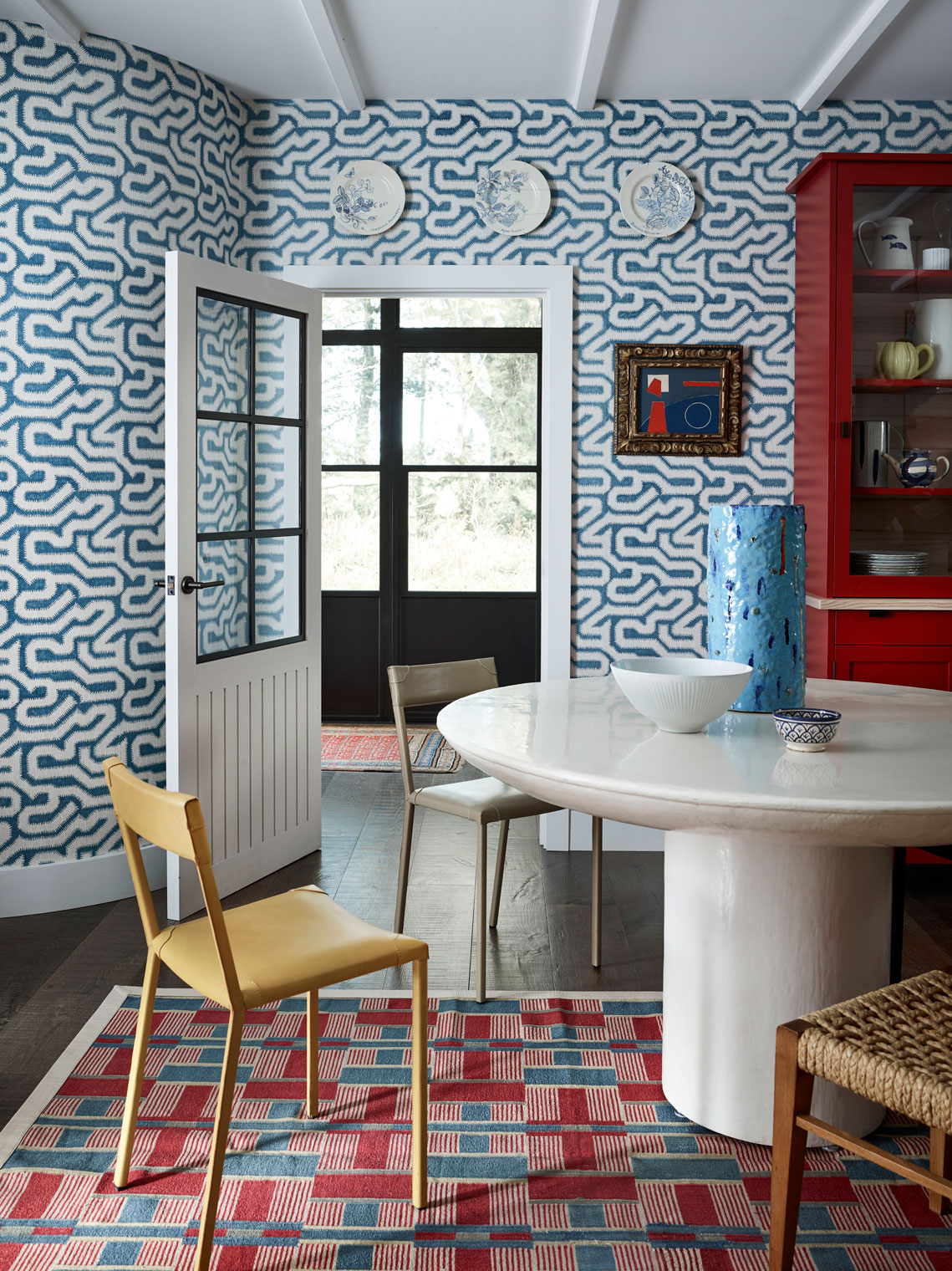
London-based interior designer Beata Heuman uses upscaled, curvaceous forms and cool, calm colors set against the intricate patterns to create drama, just like in this room by Rapture & Wright. Both the table and the large turquoise lamp on it draw attention and contrast beautifully with the small-scale patterns on the walls and floor.
Using a confidently large piece in a room that’s small performs the clever trick of making the room seem bigger even if it’s a maximally furnished space.
6. Think maximalist flooring
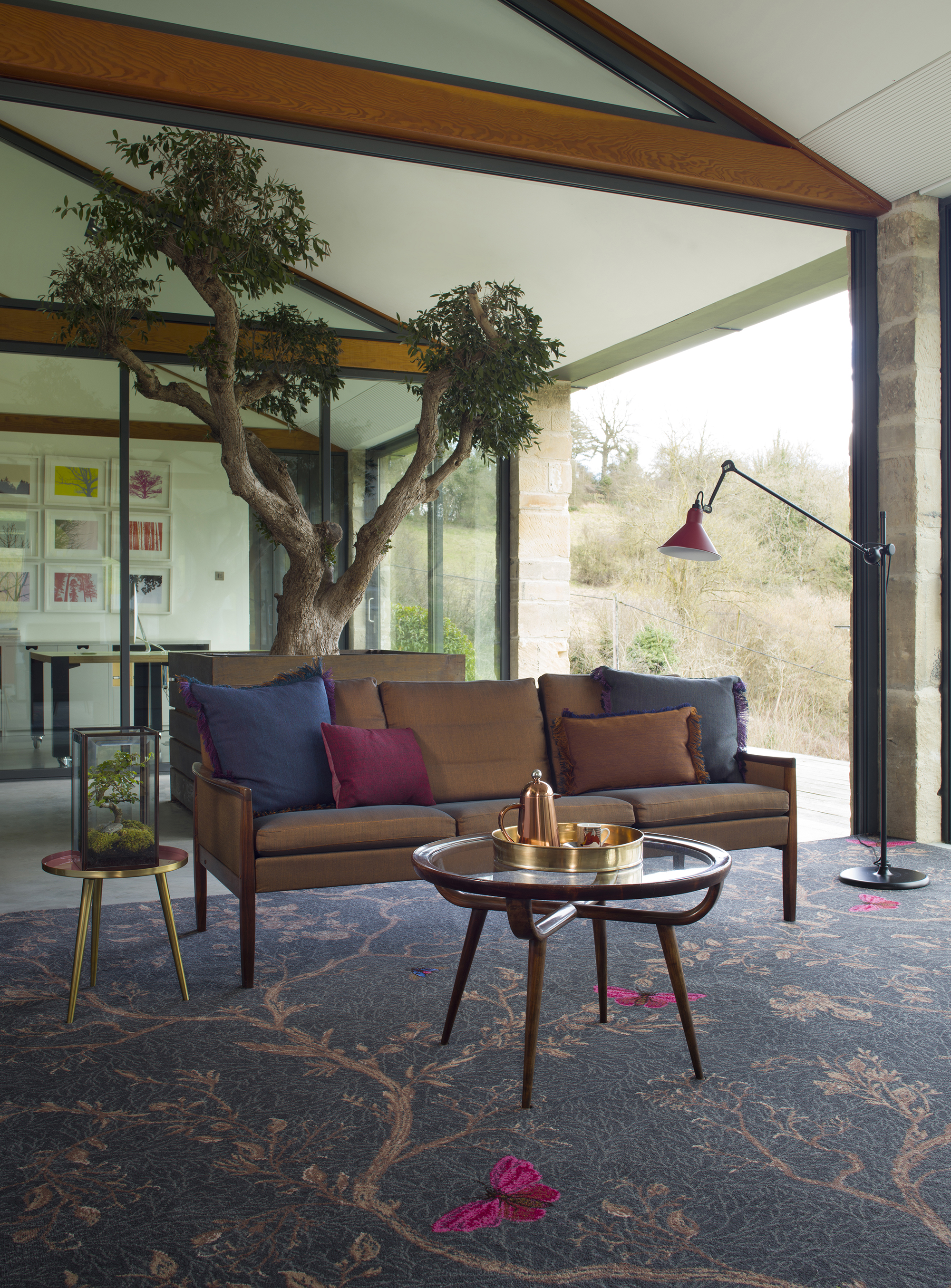
Scaling up at floor level can be a great option, and it makes a sizeable room feel cozier, too, plus ensures there’s a warm, soft surface underfoot when getting up in the morning.
If you have an area rug you love that’s not large enough to create the same effect in one of your rooms, try layering it over a neutral design to size up.
7. Use large-scale art to capture attention

Interior designer and hotelier Kit Kemp is known for the way in which she uses art in her maximalist schemes. Here she has hung a group of small pictures to create one generously proportioned and striking display as a focal point – and echoed its colors in the fabrics to create an intimate dining area.
See: Kit Kemp's interior design tips – a masterclass
9. Maximize with a mirror
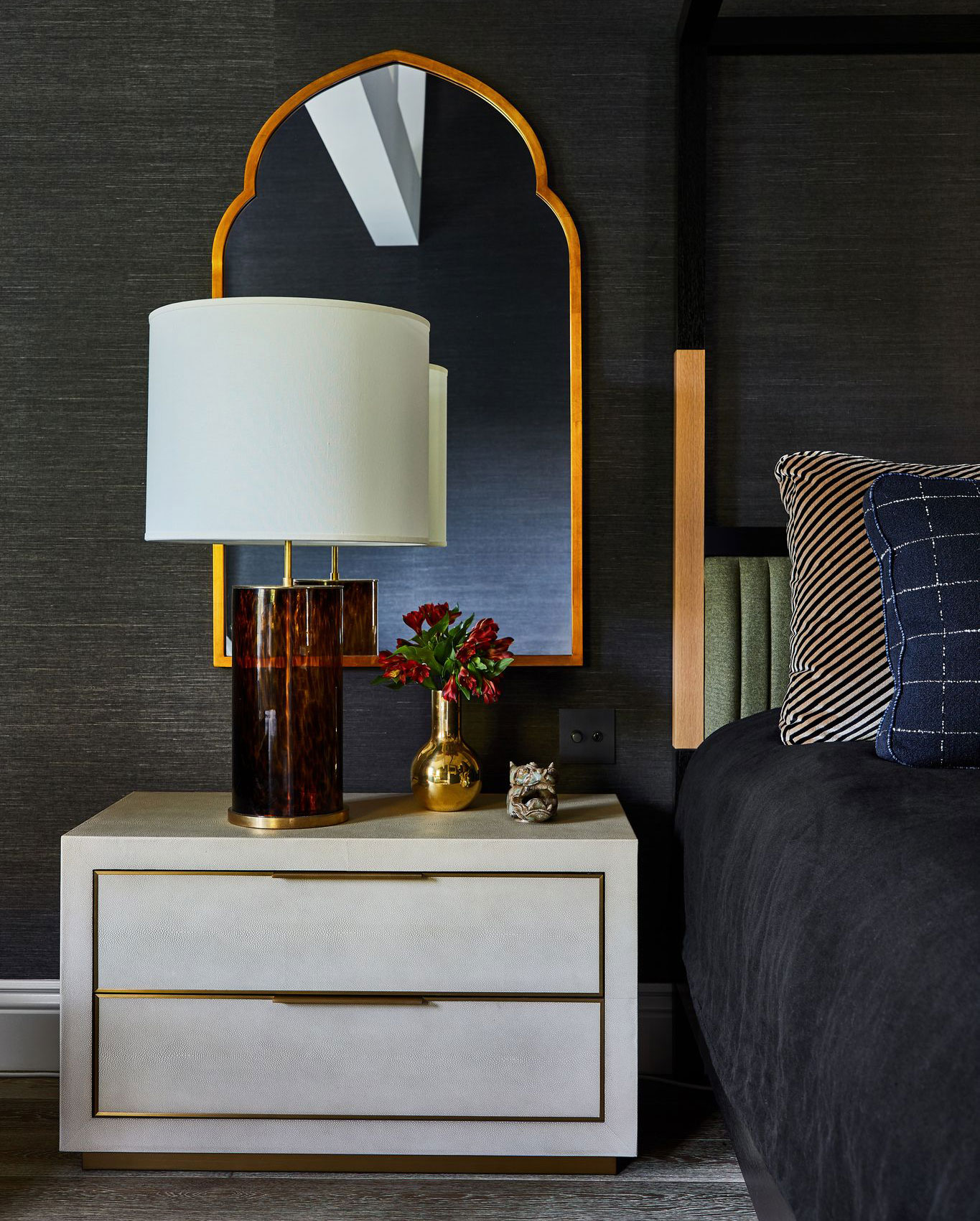
Of course a wall of mirrors would create instant impact, but sometimes putting a large-scale mirror in an unexpected place can have just as much of an effect. Here, in a bedroom designed by LA-based interior designer Stefani Stein, a shapely mirror has been placed behind a bedside table lamp. It's larger than you might expect for a bedroom, and because it reflects a largish bedside table lamp, too, its effect is obviously doubled.
Better still, the reflection in both daylight and by night creates a cozy, intimate feel in a room that's darkly luxurious.
10. Put large-scale pattern in small spaces

A backsplash, whether in a small kitchen, small bathroom or powder room, is often kept plain – or decorated with small-scale pattern. However, take the opposite tack and you have a high-impact scheme that can make you instantly forget a room's compact proportions.
Both these rooms, from Homes & Gardens' photo shoots show off this technique to brilliant effect.
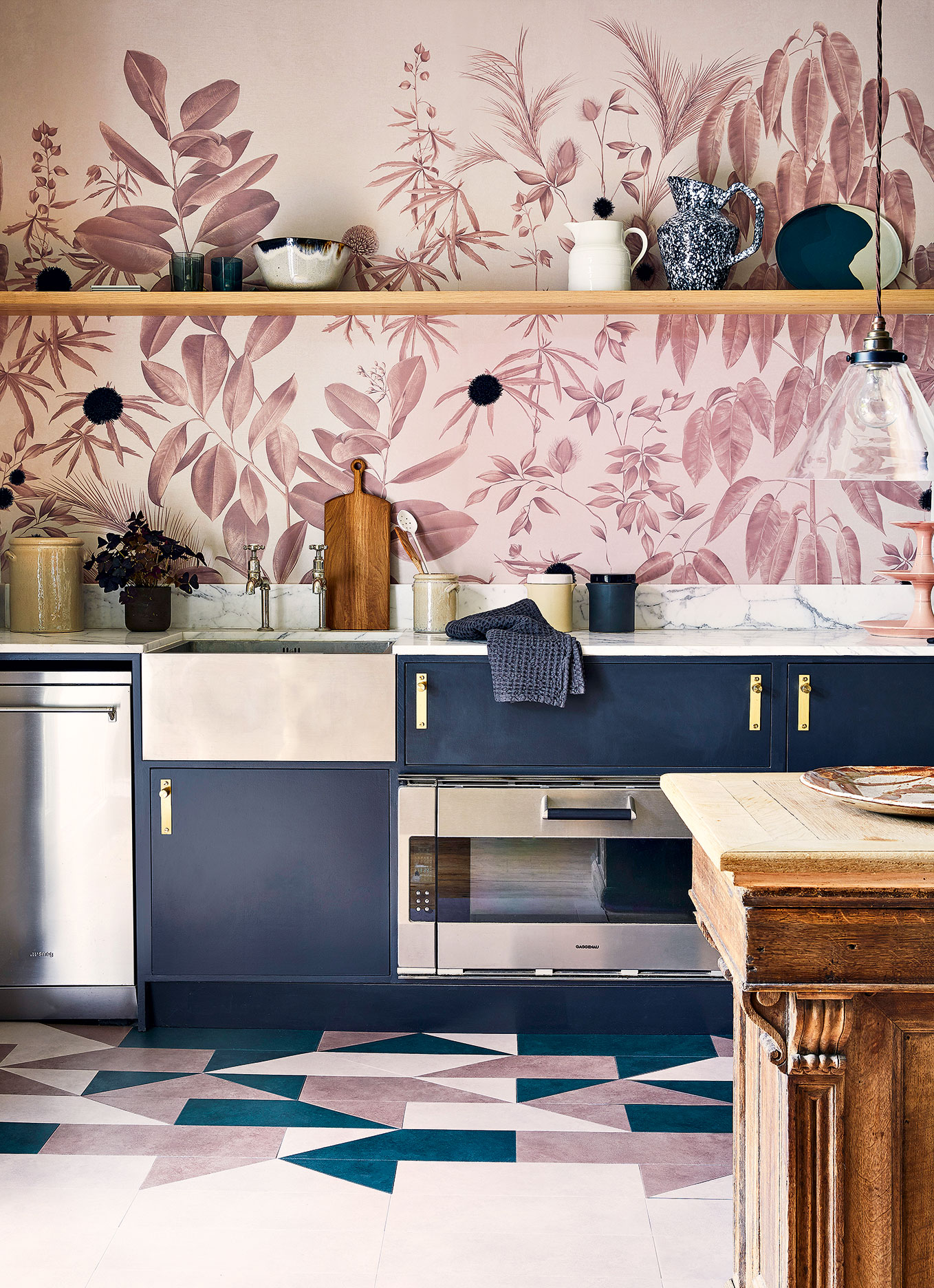

Sarah is a freelance journalist and editor. Previously executive editor of Ideal Home, she’s specialized in interiors, property and gardens for over 20 years, and covers interior design, house design, gardens, and cleaning and organizing a home for Homes & Gardens. She’s written for websites, including Houzz, Channel 4’s flagship website, 4Homes, and Future’s T3; national newspapers, including The Guardian; and magazines including Future’s Country Homes & Interiors, Homebuilding & Renovating, Period Living, and Style at Home, as well as House Beautiful, Good Homes, Grand Designs, Homes & Antiques, LandLove and The English Home among others. It’s no big surprise that she likes to put what she writes about into practice, and is a serial house renovator.